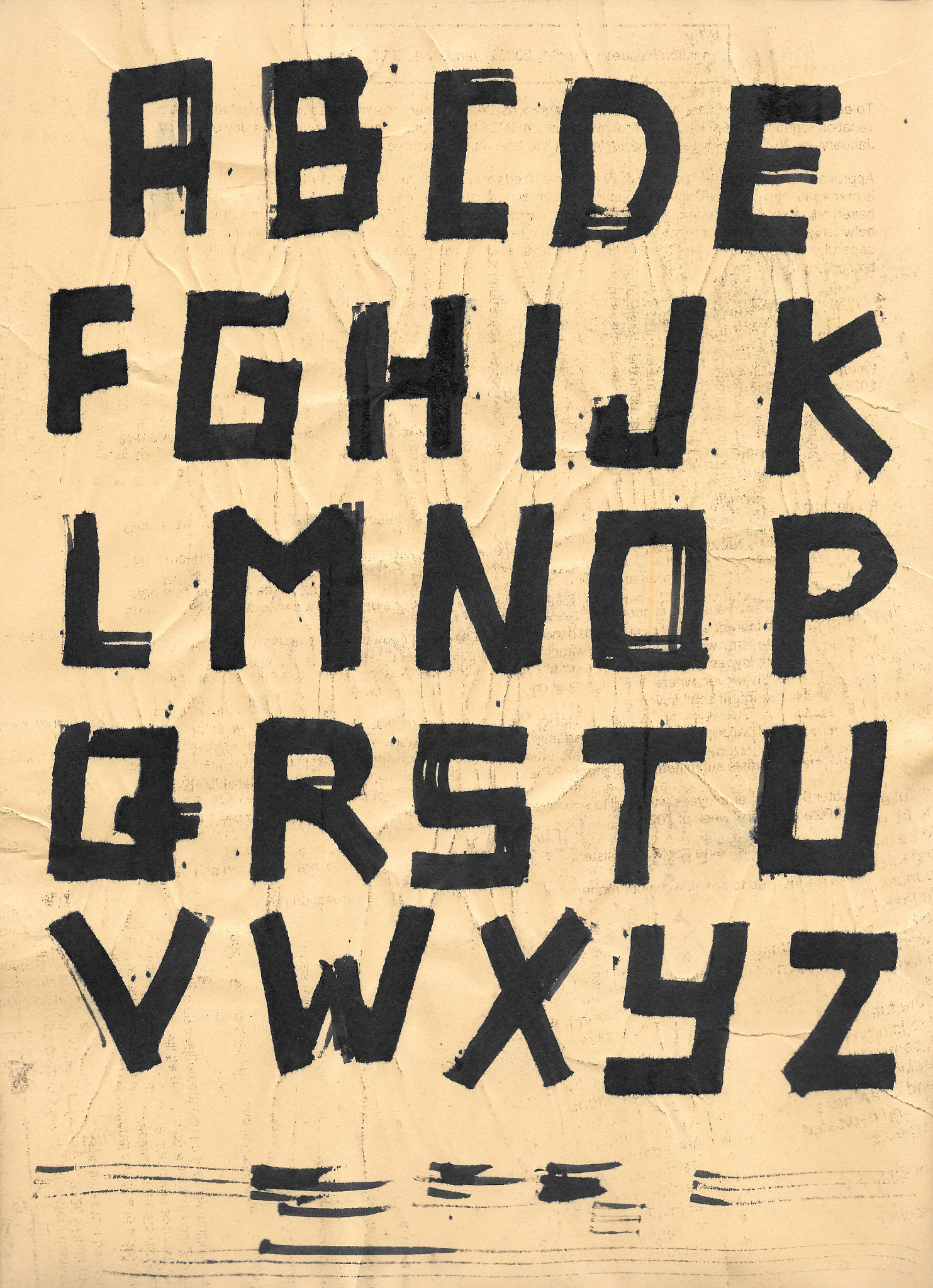How to Design a Visually Appealing Website for a Digital Marketing Firm
Understanding the Importance of Visual Appeal
In the world of digital marketing, having a visually appealing website is crucial. It not only attracts potential clients but also instills trust and credibility. A well-designed website reflects your firm's professionalism and expertise, creating a positive first impression. For a digital marketing firm, where online presence is everything, a visually striking website can set you apart from the competition.
Visual appeal is not just about aesthetics; it involves creating an intuitive and user-friendly experience. This means balancing color schemes, typography, and layout to guide visitors seamlessly through your content. A strategically designed website can significantly enhance user engagement and conversion rates.

Crafting an Effective Layout
The layout of your website is one of the most critical aspects of design. It should be both functional and aesthetically pleasing. An effective layout ensures that information is presented clearly and logically. Start with a clean and simple design that highlights your most important content. Use grids to structure your pages and maintain consistency throughout the site.
Consider using white space effectively to avoid clutter. White space helps in emphasizing content and improving readability. Additionally, prioritize mobile responsiveness as more users are accessing websites through their smartphones.
Selecting the Right Color Palette
Choosing the right color palette is essential in establishing your brand identity. Colors evoke emotions and can influence how visitors perceive your brand. Select colors that align with your brand values and message. For a digital marketing firm, bold and vibrant colors can convey innovation and creativity, while softer tones might convey professionalism and reliability.

It's important to keep the color scheme consistent across all pages to create a cohesive look. Use contrasting colors for text and background to enhance readability, but avoid using too many colors as it can be distracting.
Integrating Typography Effectively
Typography plays a significant role in web design as it affects readability and user engagement. Choose fonts that are easy to read and align with your brand personality. A combination of two or three typefaces is usually sufficient to maintain variety without overwhelming visitors.
Pay attention to font size and spacing to ensure that your text is accessible on all devices. Headings should stand out and guide users through the content, while body text should be legible and comfortable for reading.

Utilizing High-Quality Images
Images are a powerful tool in web design, capable of conveying messages faster than text. Use high-quality images that resonate with your brand and audience. Incorporate images that showcase your services, team, or successful projects to create a connection with potential clients.
Images should be optimized for web use to ensure fast loading times without compromising quality. Additionally, consider using videos or infographics for a dynamic and engaging visual experience.
Implementing Interactive Elements
Interactive elements can make your website more engaging and memorable. Consider incorporating features like sliders, hover effects, or call-to-action buttons to encourage user interaction. These elements should be strategically placed to guide visitors towards desired actions, such as signing up for a newsletter or contacting your firm.
However, it's crucial to strike a balance between interactivity and usability. Too many interactive elements can overwhelm users and detract from the overall experience.

Ensuring Easy Navigation
A well-designed navigation system is essential for a positive user experience. Ensure that your website has a clear and intuitive navigation menu that allows users to find information effortlessly. Consider implementing a sticky menu that remains visible as users scroll through the page for easy access.
Organize content into logical categories and use descriptive labels for menu items. Implementing breadcrumb trails can also help visitors understand their location within the site.
Conclusion
Designing a visually appealing website for a digital marketing firm involves a careful balance of aesthetics, usability, and functionality. By focusing on layout, color palette, typography, images, interactivity, and navigation, you can create an engaging online presence that reflects your brand's values and attracts potential clients.
A well-designed website not only enhances user experience but also contributes significantly to the success of your digital marketing efforts. Invest time in crafting a site that leaves a lasting impression and sets your firm apart in the competitive digital landscape.
